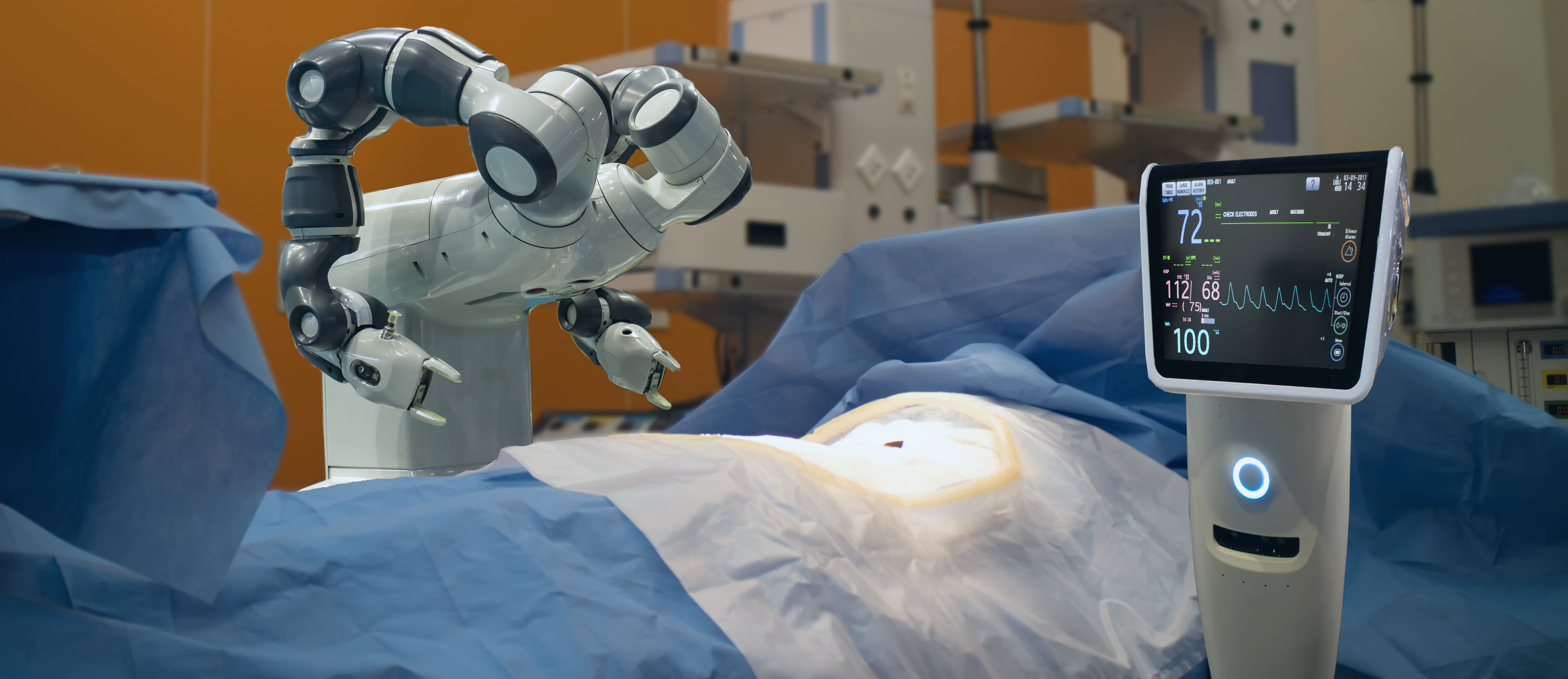
At first blush, the term “snakebots” conjures up images you might expect to encounter in a late-night movie. But while snakebots may be invading theaters, it’s medical operating theaters they’re moving into, in order to assist surgeons increase the accuracy of their procedures.
According to an article at ZDNet, “researchers at the Australian Centre for Robotic Vision, part of the Queensland University of Technology (QUT), have been working on the concepts of surgical snakebots since 2015, with the aim of creating more flexible instruments for robotic surgery.”
After observing numerous knee surgeries –largely arthroscopic surgeries, in which surgeons operate via fiberoptics through small holes drilled into the patient’s knee – the so-called “QUT Team” of researchers decided there was a need for flexible surgical tools that could go around corners rather than the standard inflexible tools surgeons had been using.
Enter, the snakebot. At first, it “was a single piece of hardware, formed of pieces of metal that would telescope inside each other and could be extended to form a curve. While the original bot fitted the curved-tool brief, it didn't offer curves that were tight enough for the extremely narrow confines of the knee or the ability to turn around corners, something needed for the tool to reach certain parts of the knee joint.”
Interestingly, while the original snakebots were essentially one-size-fits-all, developers are now using AI-driven calculations to customize snakebots to fit the dimensions of individual patients.
"People have made all sorts of snakebots before, of course, but this concept is about making a snakebot for every patient and for each of their operations,” chief investigator Jonathan Roberts told ZDNet. “It's a completely custom snakebot for that patient and the particular joint the surgery is being performed on.”
As the article describes the development process, “In order to create snakebots that work in the confines of each individual's anatomy, the QUT team generate tens of virtual versions of the snakebot and set evolutionary algorithms to work on them, in a survival-of-the-fittest contest designed to create the best available bot.”
Scans, measurements and trial versions based on the patient’s knee are worked through, and “once the winner is crowned, it is sent to be 3D printed, with the ultimate aim of being used in surgery. The snakebots are hollow, and the surgeon's tools and cameras can be threaded through the hole in the middle to reach the joint surfaces.”
And according to Roberts, snakebots won’t necessarily be limited to helping orthopedic surgeons.
"Because it's about robots for minimally invasive surgery that can go around corners, that's applicable to many, many things,” he said. “One very obvious one, which people are starting to talk to us about, is neurosurgery. If you want to get to somewhere in the brain, you don't want to necessarily go in a straight line from where you enter from that - you probably want to avoid things like blood vessels. That's where you really want to be able to go around corners. Making a patient-specific robot for brain surgery makes a lot of sense. That's a very obvious next area to investigate.”


